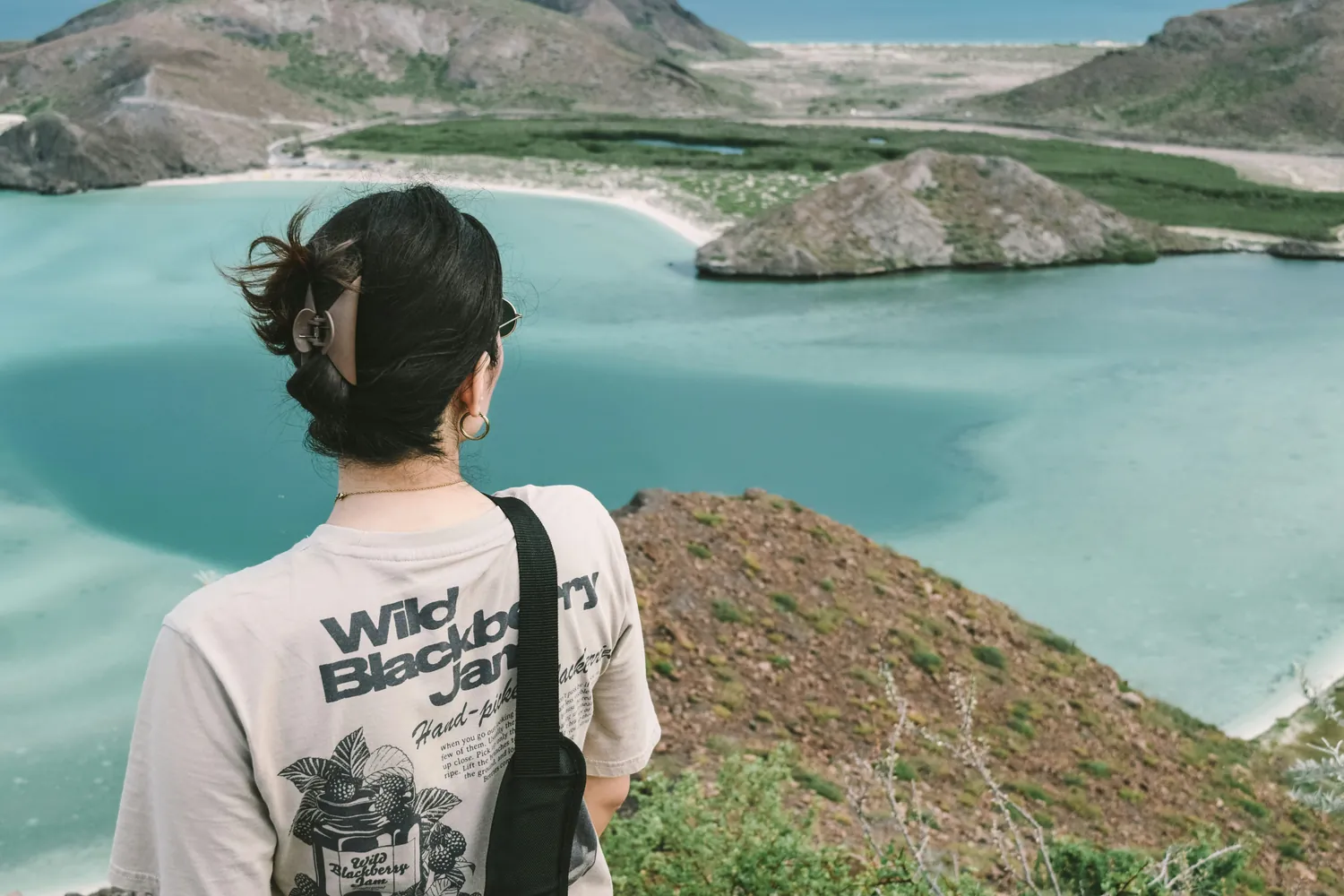Flexibility of Backpacking Alone vs. Security of Organized Tours in Asia

Embracing the Unknown: Solo Backpacking in Southeast Asia
Backpacking alone through Southeast Asia offers a unique opportunity to truly embrace the spontaneity and unpredictability of travel. The freedom to alter plans at a moment's notice can lead to unforgettable experiences, like stumbling upon a hidden beach in Thailand or joining a local festival in Vietnam.
Solo backpackers often find themselves immersed in the culture of the countries they visit, engaging directly with local people. This type of travel fosters a deeper understanding and appreciation of the region’s rich history and diverse traditions.
The Route Less Traveled
One significant advantage of solo backpacking is the ability to forge your own path. Without the constraints of a predetermined itinerary, travelers can explore lesser-known destinations, like Laos' Bolaven Plateau or Cambodia's Cardamom Mountains, which might not be featured on typical tour routes.
- Flexibility: Change plans on the fly without worrying about group consensus.
- Cultural Immersion: Engage more freely with locals and participate in spontaneous cultural exchanges.
- Cost Control: Adjust your budget as needed, opting for street food one day and a cozy guesthouse the next.
Challenges on the Road
Despite the allure of independence, solo backpacking isn't without its challenges. Navigating foreign transportation systems can be daunting, especially in rural areas where language barriers are significant. Furthermore, the lack of a structured support system means that travelers need to be prepared for potential mishaps, such as lost luggage or sudden changes in visa requirements.
To mitigate these risks, savvy backpackers often rely on online resources like travel forums and apps that offer real-time advice and community support.
Comfort and Convenience: The Case for Organized Tours
Organized tours offer an entirely different travel experience, prioritizing convenience and security over flexibility. These guided adventures cater to travelers seeking a more structured approach to exploration, with itineraries carefully crafted to highlight a region's most iconic sites.
In Southeast Asia, organized tours typically cover popular destinations such as Angkor Wat in Cambodia, Halong Bay in Vietnam, and the temples of Bagan in Myanmar. These tours provide a sense of assurance that every detail is managed by professionals.
Peace of Mind
For many travelers, particularly first-time visitors to Asia, the security offered by organized tours is invaluable. Tour operators handle logistics such as transportation and accommodation, reducing the stress associated with travel planning. Additionally, having a guide fluent in both the local language and culture ensures smoother interactions with local communities.
- Safety: Group travel reduces personal safety risks and provides support in emergencies.
- Local Expertise: Guides share insights that enhance cultural appreciation and learning.
- Time Efficiency: Pre-planned schedules maximize time spent at attractions.
The Limitations of Structure
While organized tours offer numerous benefits, they also come with limitations. The fixed nature of tour itineraries means less freedom to explore on your own or indulge in serendipitous discoveries. Moreover, tours can be more expensive than solo travel due to additional costs for guides and services.
Travelers considering organized tours should evaluate their preferences for spontaneity versus structure. Some may find comfort in scheduled activities, while others may feel restricted by them.
Balancing Freedom and Security
Ultimately, choosing between backpacking alone or joining an organized tour depends on individual preferences and priorities. For those seeking a balance between independence and security, hybrid options exist. Consider combining short independent trips with occasional guided excursions to enjoy the best of both worlds.
Southeast Asia is an ideal destination for experimenting with different travel styles due to its welcoming atmosphere and established tourist infrastructure. Whether you're navigating bustling Bangkok streets solo or exploring Borobudur with a guide, each experience offers its own set of rewards.
Practical Tips for Decision Making
- Research Destinations: Identify regions where solo travel is straightforward and safe versus those better suited for guided tours.
- Assess Your Comfort Level: Evaluate how comfortable you are dealing with potential travel hiccups on your own.
- Consider Cultural Context: Some areas may have customs or languages that are easier to navigate with local expertise.
The choice between solo backpacking and organized tours in Southeast Asia is not merely about the journey but also about personal growth and adventure. Whichever path you choose, remember that travel is about opening yourself up to new experiences and perspectives.
 BuzzArticle
BuzzArticle